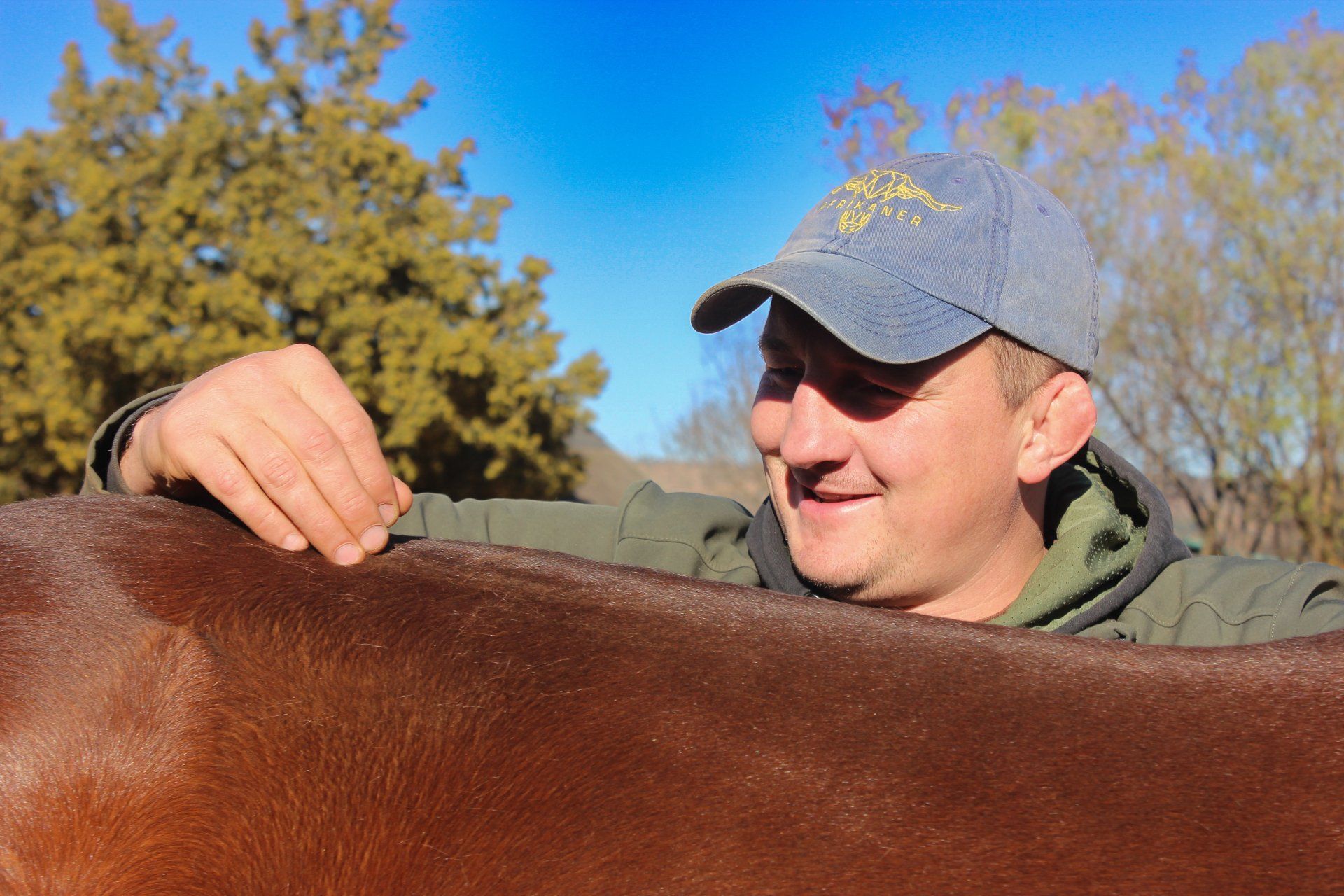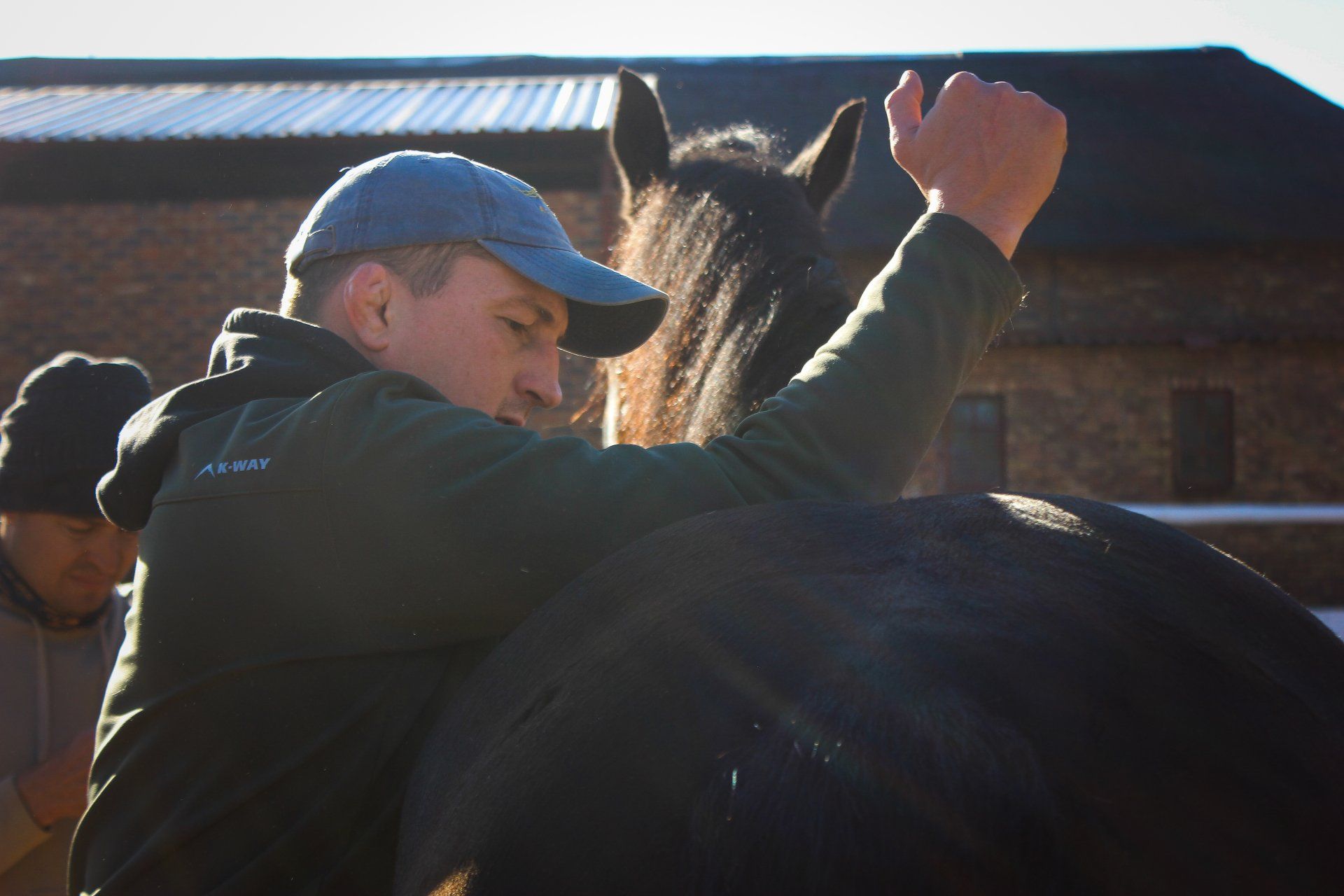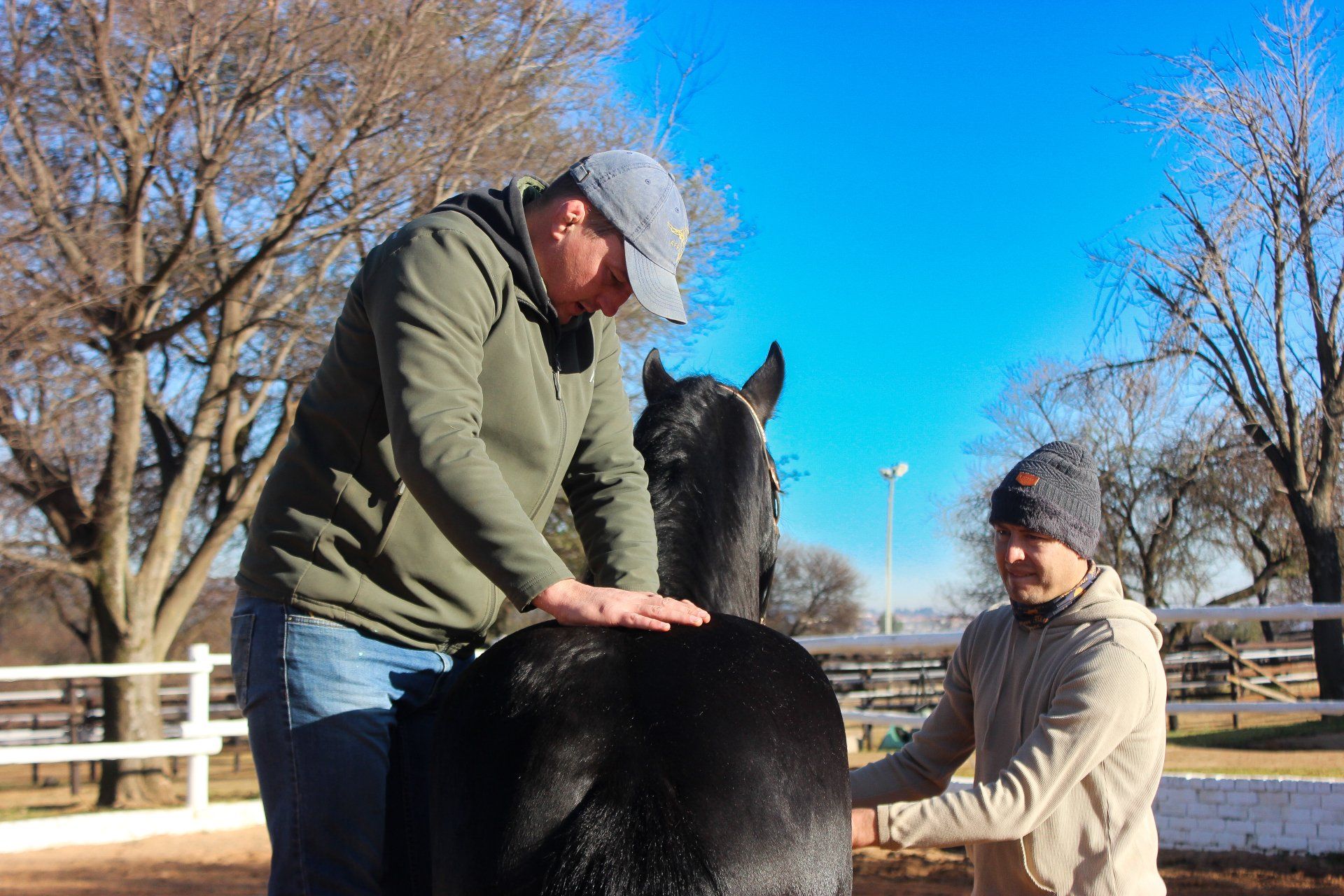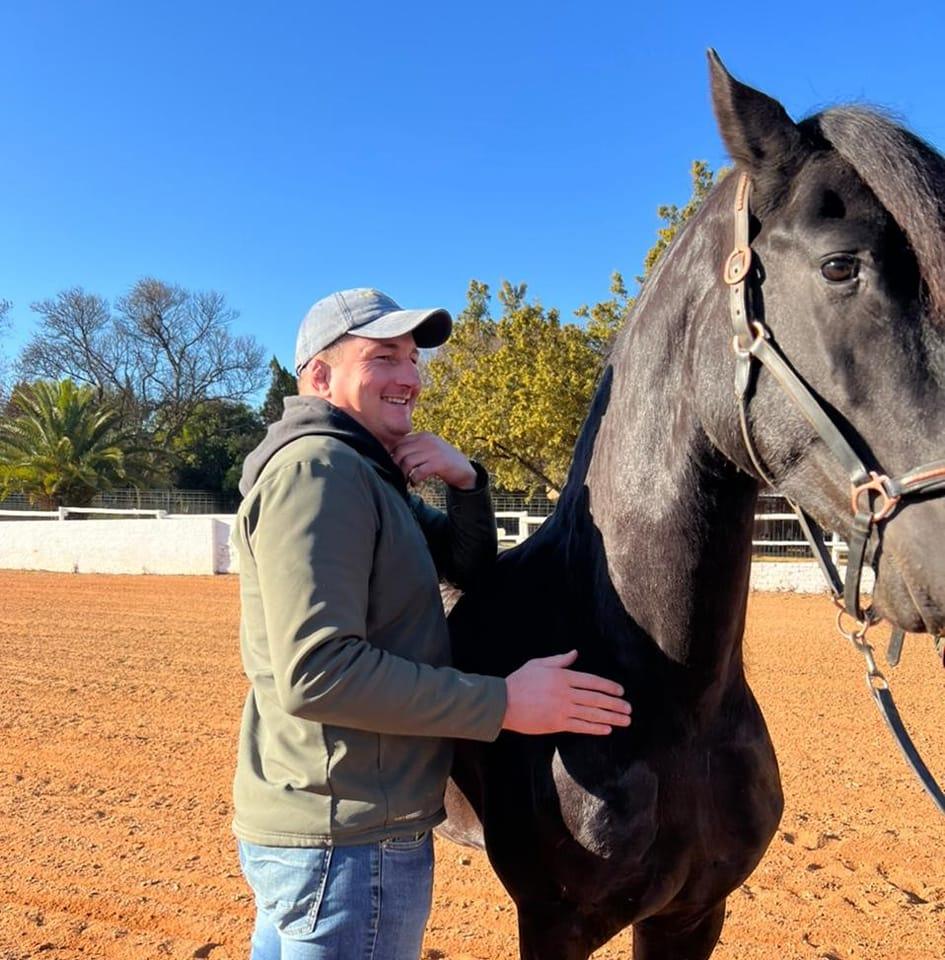ORTHOhorse
because horses need care too...
Chiropractic is a form of medicine concerned with the diagnosis, treatment and prevention of mechanical disorders affecting the neuromusculoskeletal (NMSK) system. It is a hands-on, non-invasive and medicine-free practice that safely and effectively relieves pain
and discomfort and restores normal function to the NMSK system.
WHY SHOULD MY HORSE SEE A CHIROPRACTOR?
The Treatment of Neuromusculoskeletal (NMSK) Conditions
Horses often undergo some form of strain or trauma, and as a result, may suffer from a neuromusculoskeletal (NMSK) condition, i.e. conditions affecting the nerves, soft tissue (muscles, ligaments, tendons, discs), spine and joints of the body.
Acute trauma often happen as a result of a sudden fall or injury. Chronic trauma may result from repetitive strains (incorrect riding posture, riding disciplines, uneven terrain, etc.), muscle weakness (lack of exercise, ageing, etc.) and some medical conditions (congenital, genetic, auto-immune, neuro-hormonal, etc.) even incorrect shoe, saddle and bit fitting.
NMSK conditions cause pain and dysfunction which affect the structure, function, growth and development of your horse.
Typical signs and symptoms may include:
- Lameness
- Stiffness
- Abnormal posture
- Poor performance
- Discomfort when saddled
- Difficulty bending to one side
- Reluctance to pick up a lead or an inability to maintain a lead
- Travelling with a “hollow topline”
- Hesitating to do normal activities such as stepping out of a trailer, picking up feet or refusing to jump, etc.
- Holding their tail abnormally
- An abnormal head tilt
- Difficulty chewing
- Uneven muscle development or muscle atrophy
- Uneven pelvis
- Difficulty getting up and down
WHEN SHOULD MY HORSE SEE A CHIROPRACTOR?
At ORTHOlifestyle we recommend regular checkup and treatment sessions for your horse. Your chiropractor will work out a treatment protocol relevant to your horse's needs.
WHAT CAN MY HORSE EXPECT FROM THEIR VISIT?
A typical visit includes the following:
- Medical history taking
- Assessment of the reflexes, limbs and spine
- Soft tissue therapy
- Adjustments or mobilisations of the spine and joints
- Activities to do at home
- Referral for diagnostic tests if need be
- Referral to another therapist or specialist if need be



